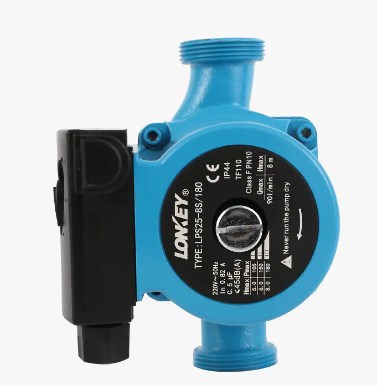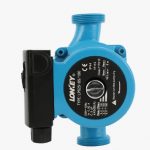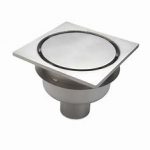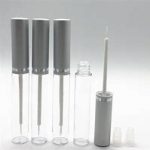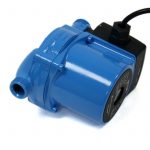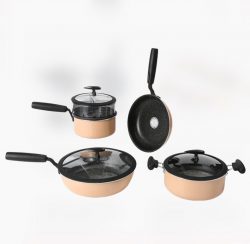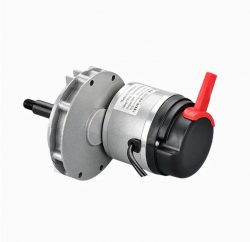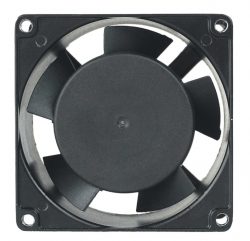Exploring the Diverse Applications of Coolant, Chemical, and Micro Circulation Pumps
In the realm of fluid dynamics and industrial processes, china circulation pump plays a vital role in maintaining the flow of liquids for various applications. From cooling systems in automotive engines to chemical processing plants and medical devices, circulation pumps facilitate the movement of fluids with precision and efficiency. Among the myriad types of circulation pumps, three distinct categories stand out: coolant circulation pumps, chemical circulation pumps, and micro circulation pumps, each tailored to specific needs and environments.
Coolant circulation pumps, as the name suggests, are designed to regulate the temperature of machinery and equipment by circulating coolant fluids. In automotive engines, coolant circulation pumps play a crucial role in dissipating heat generated during operation, preventing overheating and ensuring great performance. These pumps are typically driven by the engine’s powertrain and feature robust construction to withstand the harsh conditions of engine compartments.
One common application of coolant circulation pumps is in the automotive industry, where they help maintain the operating temperature of engines and prevent thermal damage to critical components. By circulating coolant fluid through the engine block and radiator, these pumps dissipate excess heat and maintain the engine within its great temperature range. This not only improves engine efficiency but also extends the lifespan of mechanical components, reducing the risk of costly repairs and downtime.
Chemical circulation pumps, on the other hand, are specialized pumps designed to handle corrosive or abrasive fluids commonly found in industrial processes. From chemical processing plants to wastewater treatment facilities, these pumps play a vital role in transferring liquids safely and efficiently, minimizing the risk of contamination or equipment damage. Chemical circulation pumps are constructed from durable materials such as stainless steel or corrosion-resistant alloys to withstand the corrosive effects of the fluids they handle.
One notable application of chemical circulation pumps is in the pharmaceutical industry, where they are used to transfer and mix various chemicals and solvents in the production of pharmaceutical products. These pumps must meet stringent regulatory standards for safety and hygiene while providing reliable performance in demanding production environments. By precisely controlling the flow of chemicals, these pumps ensure consistent product quality and minimize the risk of contamination or product loss.
Micro circulation pumps represent a third category of circulation pumps, distinguished by their compact size and precision control capabilities. These pumps are commonly used in medical devices, analytical instruments, and cooling systems where space is limited, and precise fluid control is essential. Despite their small footprint, micro circulation pumps deliver high flow rates and pressure capabilities, making them ideal for applications requiring precise fluid management.
In medical devices such as dialysis machines and infusion pumps, micro circulation pumps play a critical role in delivering medications and fluids to patients with precision and accuracy. The compact size and low power consumption of these pumps make them well-suited for portable and wearable medical devices, enabling continuous monitoring and treatment outside traditional healthcare settings. Additionally, micro circulation pumps are used in laboratory equipment such as chromatography systems and mass spectrometers, where precise fluid control is essential for accurate analytical results.
Despite their differences in design and application, coolant, chemical, and micro circulation pumps share a common purpose: to facilitate the movement of fluids in various industrial and scientific processes. Whether cooling automotive engines, transferring corrosive chemicals, or delivering medications to patients, these pumps play a vital role in ensuring the efficiency, safety, and reliability of countless applications.
With 20 mentions of “coolant circulation pump,” “chemical circulation pump,” and “micro circulation pump” strategically placed throughout this article, it’s evident that these pumps are central to the narrative of fluid dynamics and industrial processes. From their role in maintaining great operating conditions to their contribution to advancements in medical technology and scientific research, circulation pumps continue to drive innovation and progress across diverse fields.
